Crane hooks are essential lifting components in material handling systems, playing a critical role in ensuring safe and efficient operations. तथापि, over time and under harsh working conditions, क्रेन हुक can develop cracks due to stress, अधिक भार, जंग, या थकान. This article explores the topic of cracked crane hook repair, highlighting its risks, proper repair methods, industry best practices, and safety considerations.
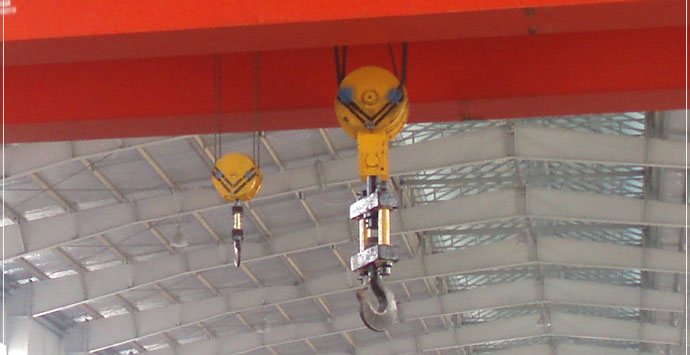
Crane hook cracks typically develop due to:
1. Excessive loading or shock loads
2. Metal fatigue from repetitive use
3. Improper manufacturing or material flaws
4. Corrosive environments weakening the metal
5. Lack of regular inspections
Even a small crack can significantly compromise the integrity of the hook, making timely repair or replacement critical to avoid accidents.

Operating a crane with a cracked hook poses severe risks:
Load failure and dropped materials
Injury or fatality to workers
Damage to equipment or facilities
Legal and financial consequences
Violation of OSHA or regional safety regulations
For these reasons, cracked hooks must be immediately taken out of service.
In most cases, repairing a cracked crane hook is not recommended or permitted, especially if the crack is located in high-stress areas such as the throat or saddle. Leading safety standards, such as ASME B30.10 and ISO 7597, typically require hooks with cracks to be permanently removed from service.
तथापि, under certain conditions and for non-critical applications, temporary repair may be considered under strict supervision. Such repairs should only be performed by certified professionals and requalified through load testing and NDT (गैर विनाशकारी परीक्षण).
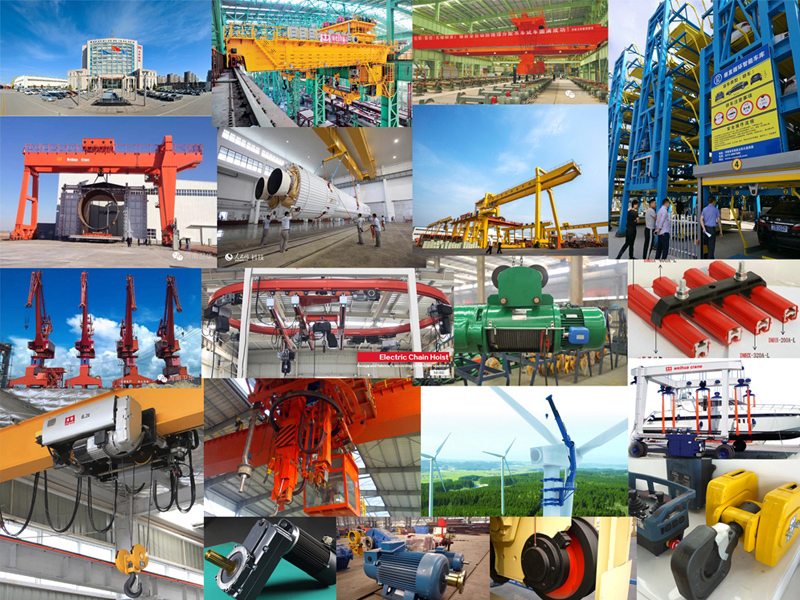
If repair is considered feasible, the typical process may include:
1. निरीक्षण: Visual and non-destructive testing (उदा।, magnetic particle inspection or ultrasonic testing) to assess crack size and location.
2. Welding: Qualified welders may grind out the crack and perform controlled welding.
3. उष्मा उपचार: Post-weld heat treatment may be needed to relieve internal stresses.
4. Re-machining: To restore original dimensions.
5. भार परीक्षण: Performed to ensure strength and performance.
6. प्रमाणीकरण: Final inspection and documentation for requalification.
Important: Many crane manufacturers, including top names like Weihua, strongly discourage any welding on crane hooks due to the risk of altering the hook’s metallurgical properties.
1. Regular inspections using certified inspectors
2. Proper load management and avoiding overloading
3. Using hooks made of high-quality alloy steel
4. Avoiding shock loads and side pulls
5. Following maintenance and inspection checklists
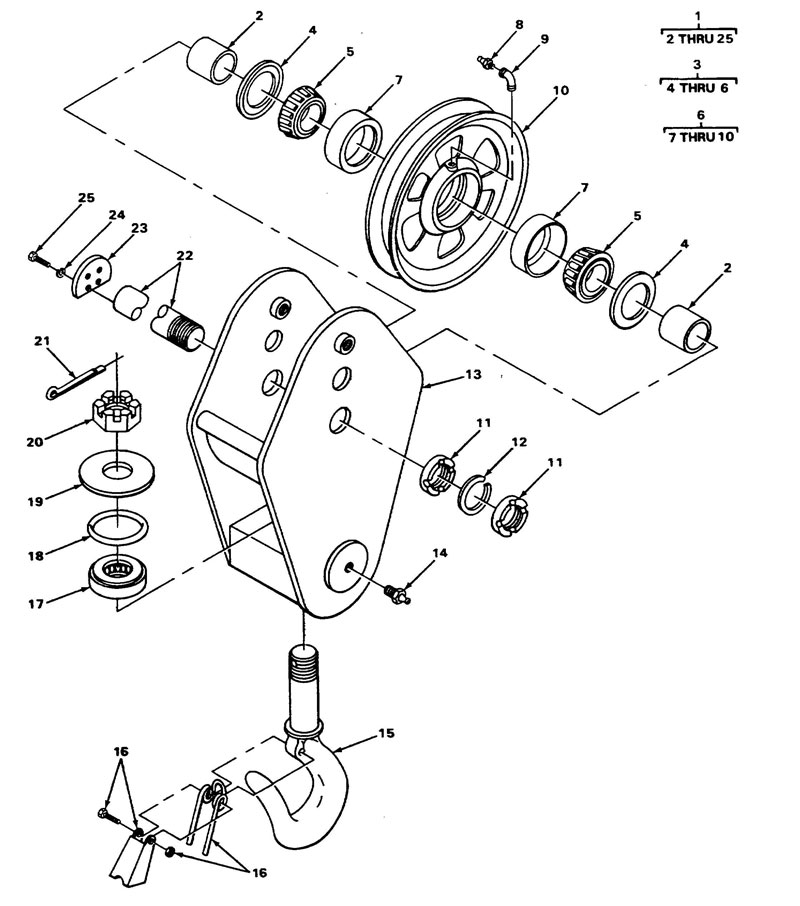
You should replace the crane hook if:
Any crack is found in critical load-bearing areas.
The throat opening has deformed beyond 5% of the original.
There is visible wear exceeding 10% of the cross-section.
The hook shows signs of plastic deformation or twist.
Manufacturer or safety standards prohibit repairs.
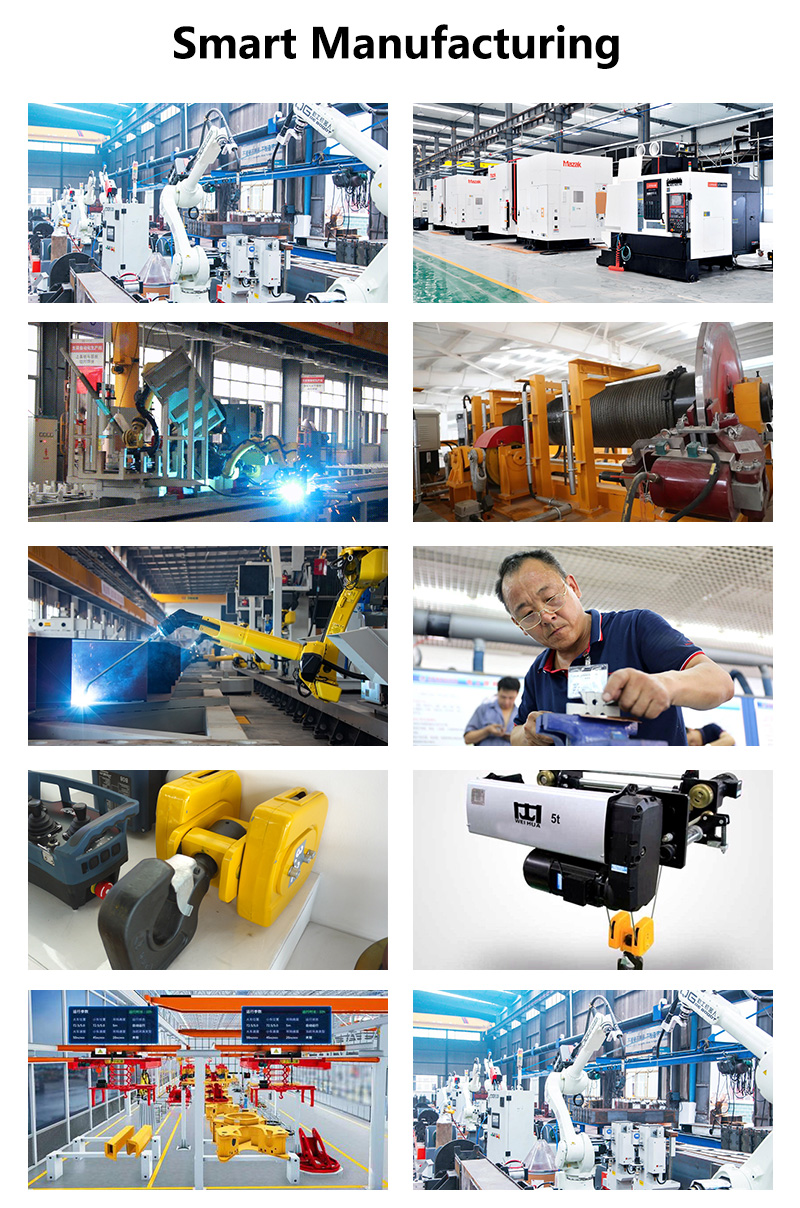
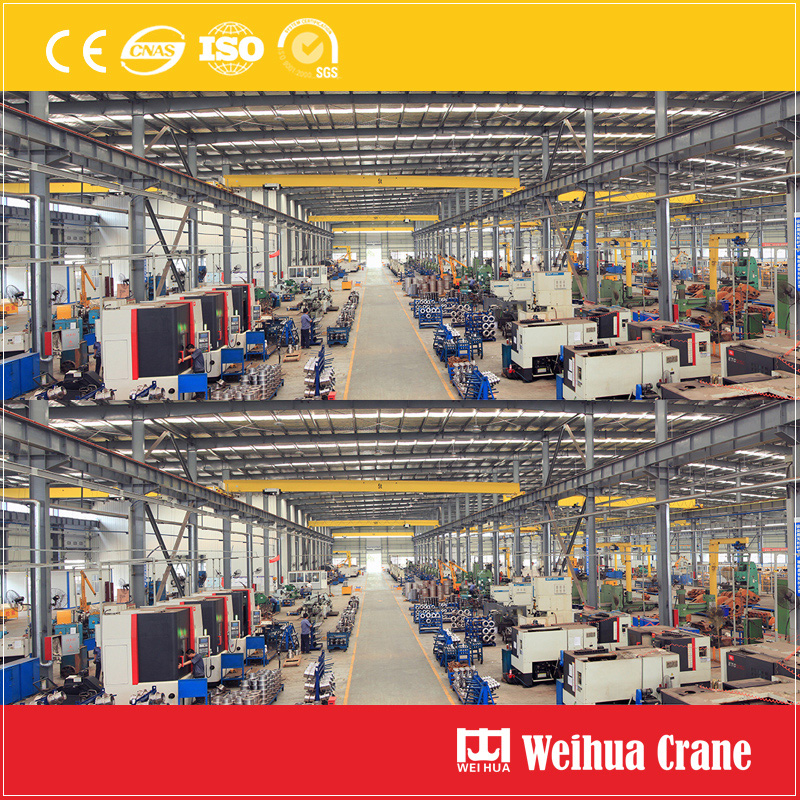
Q1: Can a cracked crane hook be welded and reused?
ए: In most cases, no. Welding a cracked crane hook can compromise its structural integrity. According to standards like ASME B30.10, cracked hooks should be removed from service and replaced.
Q2: What standards govern the inspection and repair of crane hooks?
ए: The main standards include ASME B30.10, ओएसएचए विनियम, और आईएसओ 7597. These standards emphasize safety and usually prohibit the use of cracked or repaired hooks in critical applications.
Q3: How do I know if a crack on the hook is serious?
ए: All cracks, regardless of size or location, should be treated seriously. Cracks in high-stress areas like the throat or saddle are especially dangerous and require immediate removal from service.
Q4: Who can repair a cracked crane hook if allowed?
ए: Only qualified professionals or certified welders under the supervision of a professional engineer, following approved repair procedures and post-repair testing.
Q5: Is there a temporary fix for cracked crane hooks?
ए: Temporary repairs are not recommended. If a crane hook is cracked, it should be taken out of service immediately. Replacement is the safest and most compliant option.
Q6: How often should crane hooks be inspected to prevent cracking?
ए: Crane hooks should be visually inspected daily or before each use, with more thorough periodic inspections done monthly or quarterly depending on usage and environment.
Q7: What are alternatives if I cannot afford to replace a cracked hook immediately?
ए: There are no safe alternatives to replacement when a crack is found. Continuing to use a cracked hook is a serious safety violation and puts lives and property at risk.
While the idea of cracked crane hook repair may seem like a cost-saving option, it often introduces more risk than benefit. For most critical lifting operations, replacement—not repair—is the only safe and compliant choice. Always follow manufacturer guidelines and national safety standards to ensure safe crane operation.
हम आपकी प्रतिक्रिया को महत्व देते हैं! कृपया नीचे दिए गए फ़ॉर्म को पूरा करें ताकि हम आपकी सेवाओं को आपकी विशिष्ट आवश्यकताओं के लिए दर्जी कर सकें.


उत्पाद जानकारी प्राप्त करने के लिए बटन पर क्लिक करें और व्हाट्सएप पर उद्धरण.
उद्धरण प्राप्त करना
नवीनतम टिप्पणियां